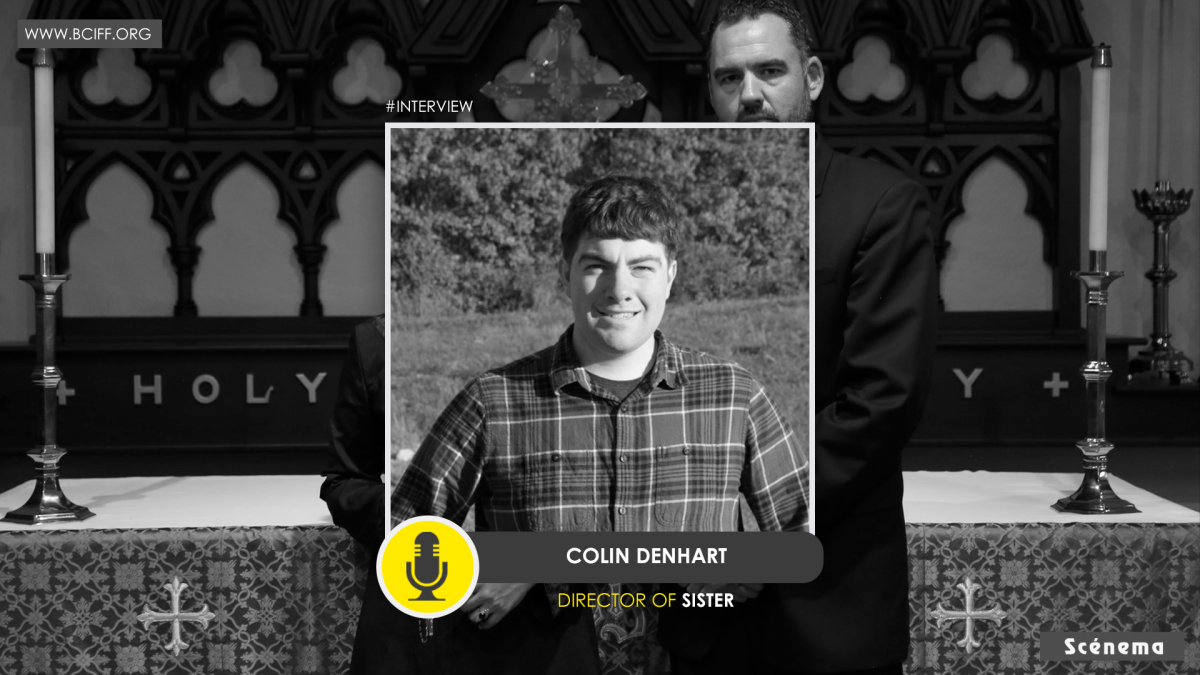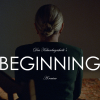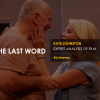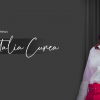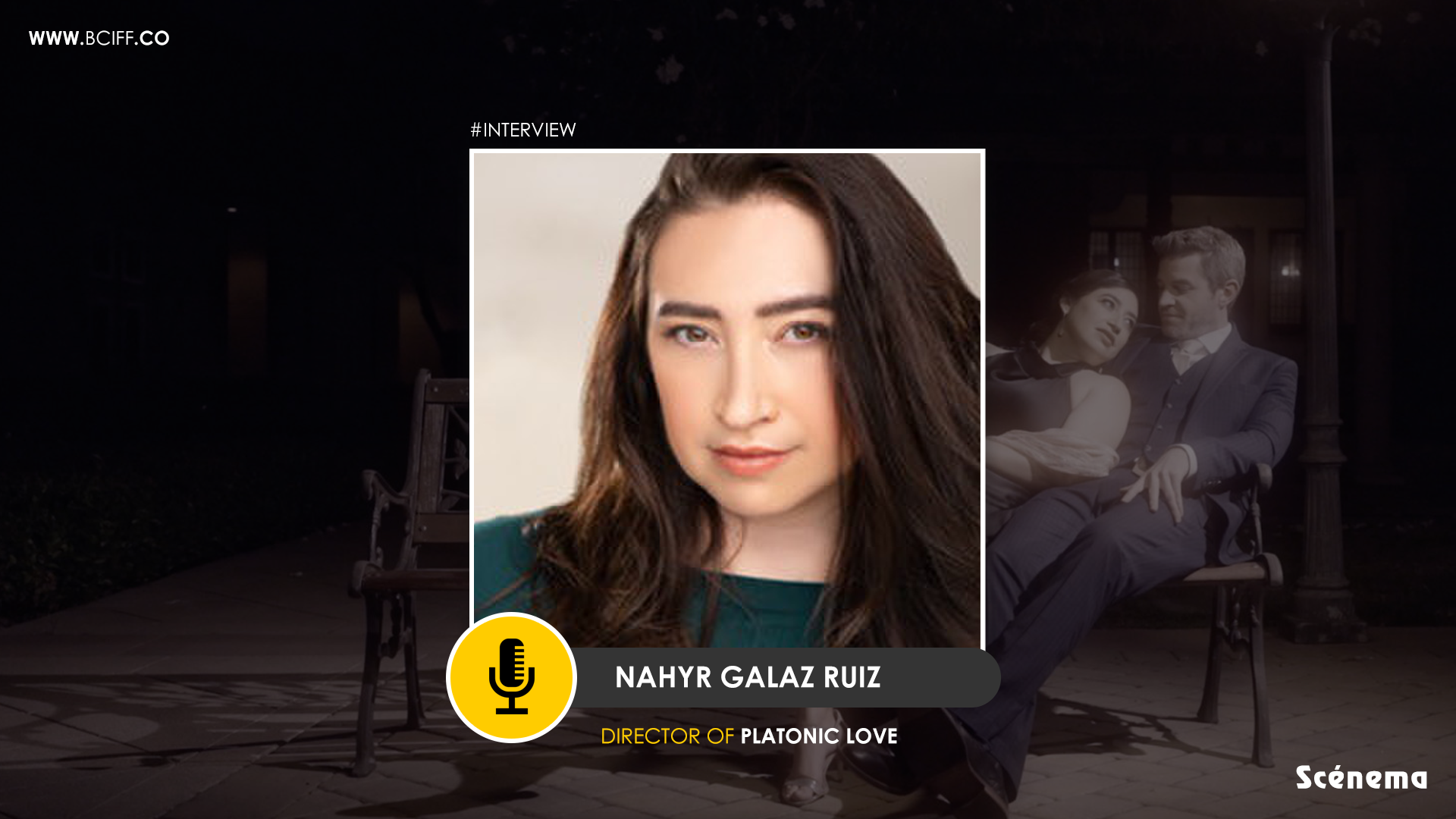Movie : Sister
Director : Colin Denhart

How would you define horror? Is it hiding in a number of jump scare sequences, or is it in absence, or an unknown force in the dark? What is the kind of horror that would terrify you?
Horror lies in the dark and eerie state of unknowingness and feeling of uncertainty which leans in the direction of danger or death. The greater the uncertainty the more frightened one feels. Jump scares are usually cheesy in my opinion but only truly scary if there is dramatic tension leading up to it and some true payoff from the jump scare, such as the jump scares in the 1970s horror movie The Texas Chain Saw Massacre.
The kind of horror that terrifies me is the horror that transcends the movie screen. If a horror movie is based on factual accounts such as The Amityville Horror or horror that reveals something true that we as a society do not want to think about and wish to hide from reality, it is what terrifies me most. Knowing that something so horrific and unexplainable actually happened in real life is what scares me.
Tell us something about your love for horror films. What are your favourite horror movies that you have watched over the years ?
 I have had a lifelong interest in horror films. As a little kid, I used to watch Scooby-Doo and the various Halloween-themed television specials that would air on TV such as It’s the Great Pumpkin, Charlie Brown and Halloweentown. When I was in elementary school, I used to watch the TV series Are You Afraid of the Dark?, So Weird, and Goosebumps which were horror shows aimed at kids. As I grew older, I watched classic horror TV shows such as The Twilight Zone, Beyond Belief: Fact or Fiction, and The XFiles and got really into the classic monster movies of the 1930s and 1940s such as Dracula and Frankenstein and then horror movie classics of the 1970s and 1980s such as The Exorcist, Halloween, Carrie, The Shining, and other works based on the books of Stephen King. Some of my earliest student films were horror inspired including one called The Devil Woman which is about a young widow who is stalked by a female vampire and another short film I made in college called The Masked Phantom which is about a female college student who becomes possessed by an evil spirit and goes on a murder spree. In my years since graduating college, I have incorporated horror elements into some of my film work most notably my animated short film Halloween Cat. I do not wish to be known as just a horror filmmaker, but it definitely is one of my favorite genres to work in because it allows me to explore the dark parts of reality, almost like an explorer charting the unknown.
I have had a lifelong interest in horror films. As a little kid, I used to watch Scooby-Doo and the various Halloween-themed television specials that would air on TV such as It’s the Great Pumpkin, Charlie Brown and Halloweentown. When I was in elementary school, I used to watch the TV series Are You Afraid of the Dark?, So Weird, and Goosebumps which were horror shows aimed at kids. As I grew older, I watched classic horror TV shows such as The Twilight Zone, Beyond Belief: Fact or Fiction, and The XFiles and got really into the classic monster movies of the 1930s and 1940s such as Dracula and Frankenstein and then horror movie classics of the 1970s and 1980s such as The Exorcist, Halloween, Carrie, The Shining, and other works based on the books of Stephen King. Some of my earliest student films were horror inspired including one called The Devil Woman which is about a young widow who is stalked by a female vampire and another short film I made in college called The Masked Phantom which is about a female college student who becomes possessed by an evil spirit and goes on a murder spree. In my years since graduating college, I have incorporated horror elements into some of my film work most notably my animated short film Halloween Cat. I do not wish to be known as just a horror filmmaker, but it definitely is one of my favorite genres to work in because it allows me to explore the dark parts of reality, almost like an explorer charting the unknown.
Tell us something about the usage of religious buildings in horror movies. Does it have anything related to the eternal tussle between God and the devil?
The use of religious buildings and religion itself in horror movies seems to highlight the struggle between God/light/good and the Devil/dark/evil, but the theme of religion also 2 provides a way to explore the spiritual aspects of existence, the true nature of reality, and the dark mysteries of faith that seem to haunt even the most adherent of religious believers. My film Sister touches upon these haunting aspects, and sometimes when I have rewatched the film myself I have been frighten by theological references and connections that I did not necessarily intend to create when originally developing the film, such as how the opening cosmic sequence actually plays out in the film compared to my original vision when conceptualizing the film, like the filmmaking process itself is a channel by which the Divine could be working through in communicating with our own reality.
When and how did you come up with the story? Please tell us how the story originally occurred to you.
I first came up with the story for Sister while I was on the Transcendental Meditation Sidhi program in Fairfield, Iowa during the summer of 2019. I was undergoing a deep level of consciousness expansion while on the program and came up with several ideas for future film projects during that time, similar to how The Beatles came up with ideas for The White Album in 1968 while they were with Maharishi.
The story was inspired by my own search for light in a world of darkness, and I felt a young nun was the best representation for a professional spiritual seeker, so I chose to have a nun character be my focus for the film. I listened to music that inspired me for the film such as “Eleanor Rigby” by The Beatles, “St. Matthew” by The Monkees, and “Cymbaline” by Pink Floyd and used this inspiration to write the script. I also was reading the Bible and other sacred texts as part of a theology program and chose to incorporate these writings into the story, most notably the opening “cosmic” sequence being inspired by the Secret Book of John from the Nag Hammadi Gnostic texts. I also was inspired by my own Catholic school upbringing and my priest and nun at the school who taught me a lot about the history of Christianity and esoteric meanings behind Catholic symbolism and laid the foundation for my passion for spiritual enlightenment. Additionally I was reading about some of the haunted history of Indianapolis such as mass murderer Jim Jones and murdered teenager Sylvia Likens and chose to incorporate these incidents into the film to make the horror more real.

We are shaped and transformed by stories. What is the significance of stories in your life? Do you think it becomes a necessity in a world which is frequently cold in nature?
The best stories seem to be those which hold deep symbolism/esoteric meaning in a way that are like codified teachings. A filmmaker who seems to have captured this method of storytelling perfectly is Stanley Kubrick. Kubrick always seemed to have his films so expertly crafted wherein there was meaning upon meaning in every shot of his movies. For example, every time I watch his film The Shining, I realize a greater meaning to the film than I had the previous time I watched. Much like how when one reads The Bible the interpretation and meaning of verses changes based on the reader’s perspective and situation in life. I include lots of symbolism and hidden 3 meanings in Sister that can be open to deep analysis and interpretations and can be seen differently based on the individual viewer’s level of knowledge and/or perception. In a world that is frequently cold in nature, we need good stories to keep us warm and provide light to guide us in our many stations and places on life’s journey.
Tell us something about the screenplay. Do you think one must keep a number of specific things in mind while writing the screenplay of a horror movie?
Something to keep in mind while writing a good horror screenplay is to examine each scene and think about how you can add more horror or intrigue if there seems to be a blandness or a lack of something interesting taking place in the scene. It also is wise to write scripts with flexibility in mind as there may be times where cast or location issues may cause a need to change the location and use of characters. For example, if a scene in the screenplay takes place at night but the location where the scene will be filmed is only available during the day, the context of the scene may need to be adjusted.
Do you think the reference to real life occurrences that are evidently strange and brutal, increases the impact of Sister as a movie? Does it increase the fear of the uncanny inside the viewer?
These references to real life occurrences definitely increase the impact of Sister as a movie because it provides a form of capturing historical places and blurs the line between fact and fiction giving audiences the feeling that the events taking place are actually happening since they involve real occurrences that have taken place. The surreal-ness and fear of the uncanny is intensely heightened by their appearance because their inclusion and in some ways makes the film a portal to a spiritual realm and the supernatural. Almost like the film is an exploration into uncharted and possibly forbidden territories of the Universe.
Tell us something about the technical aspects of the movie. Can you also talk to us about the preponderant role they play in a horror/suspense movie? For example the use of sound in Hitchcock’s Psycho or the use of blood in Kubrick’s The Shining.
 The technical aspects of a horror/suspense movie are like ingredients in a recipe and the use and combination of them can provide a unique flavor to the film. For Sister, I shot the film in black-and-white because I wanted it to have a “classic horror” feel, and the use of black-and-white photography creates an “otherworldly” feeling where in the audience will always feel there is something “strange” or “off” because real life and most modern films are not in black-and-white yet the film exists in present time, which adds to the overall surreal-ness of the film. The special effects shots were achieved through a combination of the use of green-screen technology, royalty-free stock footage, and digital editing. The demon was made by my friend and former classmate Derrick Childers who is a professional prop and makeup designer in Hollywood who used to make films with me in high school. Its movement was achieved through the use of 4 fishing wire in front of a green screen, similar in some ways to how some of the effects were done when George Lucas made the original Star Wars movie in the 1970s. The dialogue and sound also were an interesting feat to achieve in the film since almost all sounds in the film were recorded separate from the actual filming. This technique is similar to how filmmaker Orson Welles used to shoot and edit his movies. This approach allows for greater variety in shots and choreography since the actors and cinematographer do not have to worry about sound engineers or microphones getting in the way of shots. After the film was edited, the actors watched their performances and we recorded their audio at the same time to match their lips, and then other sound effects and music were recorded and added as well.
The technical aspects of a horror/suspense movie are like ingredients in a recipe and the use and combination of them can provide a unique flavor to the film. For Sister, I shot the film in black-and-white because I wanted it to have a “classic horror” feel, and the use of black-and-white photography creates an “otherworldly” feeling where in the audience will always feel there is something “strange” or “off” because real life and most modern films are not in black-and-white yet the film exists in present time, which adds to the overall surreal-ness of the film. The special effects shots were achieved through a combination of the use of green-screen technology, royalty-free stock footage, and digital editing. The demon was made by my friend and former classmate Derrick Childers who is a professional prop and makeup designer in Hollywood who used to make films with me in high school. Its movement was achieved through the use of 4 fishing wire in front of a green screen, similar in some ways to how some of the effects were done when George Lucas made the original Star Wars movie in the 1970s. The dialogue and sound also were an interesting feat to achieve in the film since almost all sounds in the film were recorded separate from the actual filming. This technique is similar to how filmmaker Orson Welles used to shoot and edit his movies. This approach allows for greater variety in shots and choreography since the actors and cinematographer do not have to worry about sound engineers or microphones getting in the way of shots. After the film was edited, the actors watched their performances and we recorded their audio at the same time to match their lips, and then other sound effects and music were recorded and added as well.
What do you have to say about the performances in your movie? Specifically about the performance of Vasudha Krishnamoorthy.
I had such a great experience working with all the actors and actresses on the film, especially Vasudha, who is absolutely amazing! She has such awesome talent both as an actress and her creative skills behind the camera. She always brought a positive energy to the set and gave great advice on how we could improve scenes and how I can better direct her in shots. She naturally is able to evoke such strong emotions that fit perfectly with her character in each scene. Her recent wins for best actress at various film festivals is very well deserved. Outside of Sister (and its sequels currently in production), Vasudha and I have collaborated on multiple short films and dance videos, with Vasudha being a major creative force behind their productions. I feel at my most creative when we are together and like I am living into my life purpose, as if the Universe intends for us to continue to make films together. I see a great outlook for her career as an actress and filmmaker going forward!
How difficult do you think it is at times for people to recognise the line between imagination and reality? Where do you think it tends to disappear in the darkness?
Recognition of the line between imagination and reality seems to disappear into the darkness when one’s imagination that he or she thought was “make believe” turns out to be true. It also seems to blur when something strange apparently happens yet there is no logical or practical explanation for its occurrence, throwing the laws of reality out the window.

The dialogues, the conversations, the silences , all play a potent role in the narrative. Why do you think moments of suspension are important in a horror movie? For example when a person is constantly staring at something.
Suspense is very important in horror movies because it holds audiences in a state of fear as if they are in a “fight or flight” situation. When a person is constantly staring at something it is almost like being in a trance or seeing something that one can not escape from, almost like the scene in A Clockwork Orange where Alex is forced to 5 watch images of violence over and over again. Holding audiences in a state of fear and suspense is key to being an effective horror film.
How do you see the genre transforming itself in the future? What would be its significance to the audience in ten years time? Would they be able to retain the loyal fanbase?
I see the horror genre becoming more creative and even more popular as it becomes easier and easier for “regular” people to make quality horror movies. Horror movies are already known for being one of the least expensive genres to produce independently, but access to high-quality filming and editing equipment used to be only available to major studios or those who could afford it. Now, anyone with a smartphone has a full movie studio in his or her pocket, so there is definitely great potential to have a wider field of creative voices contributing to the art of cinema.
In 10 years, major horror franchises such as Halloween will no longer exist or just be shadows of their former selves. The future of horror is in the hands of the independent creatives! I would like to see a diversity of voices create new horror films in order to expand the genre and not limit it to simply a series of jump scares or crazy masked killers. I hope my film Sister (and its sequels) will be a pioneering achievement for the next generation of low-budget independent filmmakers in the horror genre!

